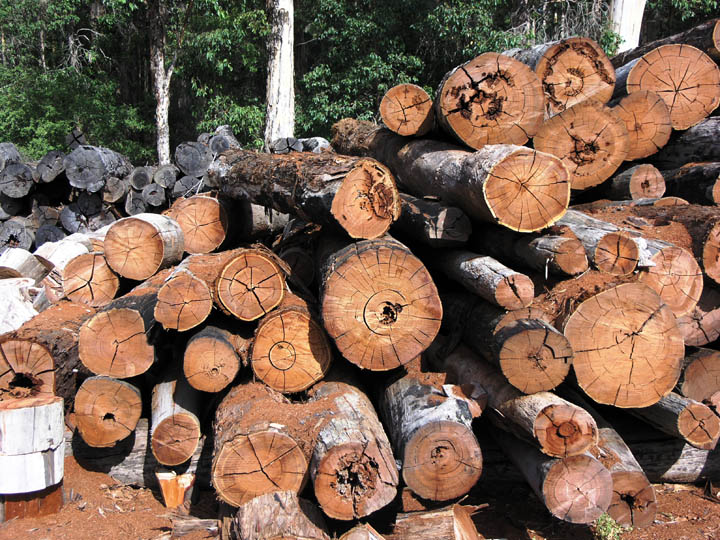Forest fires, while harmful for individual plants, offer restorative benefits for an ecosystem. Flammability, therefore, may be an example of group selection, a process by which a trait that may not be advantageous for individuals may become prevalent if it is beneficial for the group. Yale professor Carla Staver collaborated with researchers from Université Pierre et Marie Curie to study the individual scale of flammability trait selection with the fundamentally collective nature of burning.
The researchers designed a spatial model that incorporates the idea that flammability traits offer direct fitness advantages for plant ecosystems but are disadvantageous in a non-fire-prone environment. Through this model, the researchers were able to show that fires can cause flammability traits to persist in a plant community, even if the environment does not make fires unavoidable—a phenomenon called fire feedback.
Because landscapes with intermediate dryness could be stable as either fire-prone or fire-suppressing, the model showed that flammability traits could not just simply spread across a fire-suppressing landscape. The model presents two possible origins of flammability traits: first, flammability traits originate in a semi-arid fire-prone patch and then spread to neighboring intermediate patches, facilitated by fire feedback; or second, the evolution of fire was driven by ancient atmospheric conditions, such as the oxygen-rich air of the Cretaceous Period. The researchers thus demonstrated that fire feedback has played an undeniably significant role in the evolution of fire. This research has profound implications for regions such as the western United States, where wildfires have been raging for months now: the more frequent the fires, the more likely they are to happen again.

